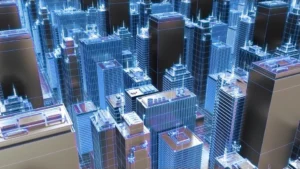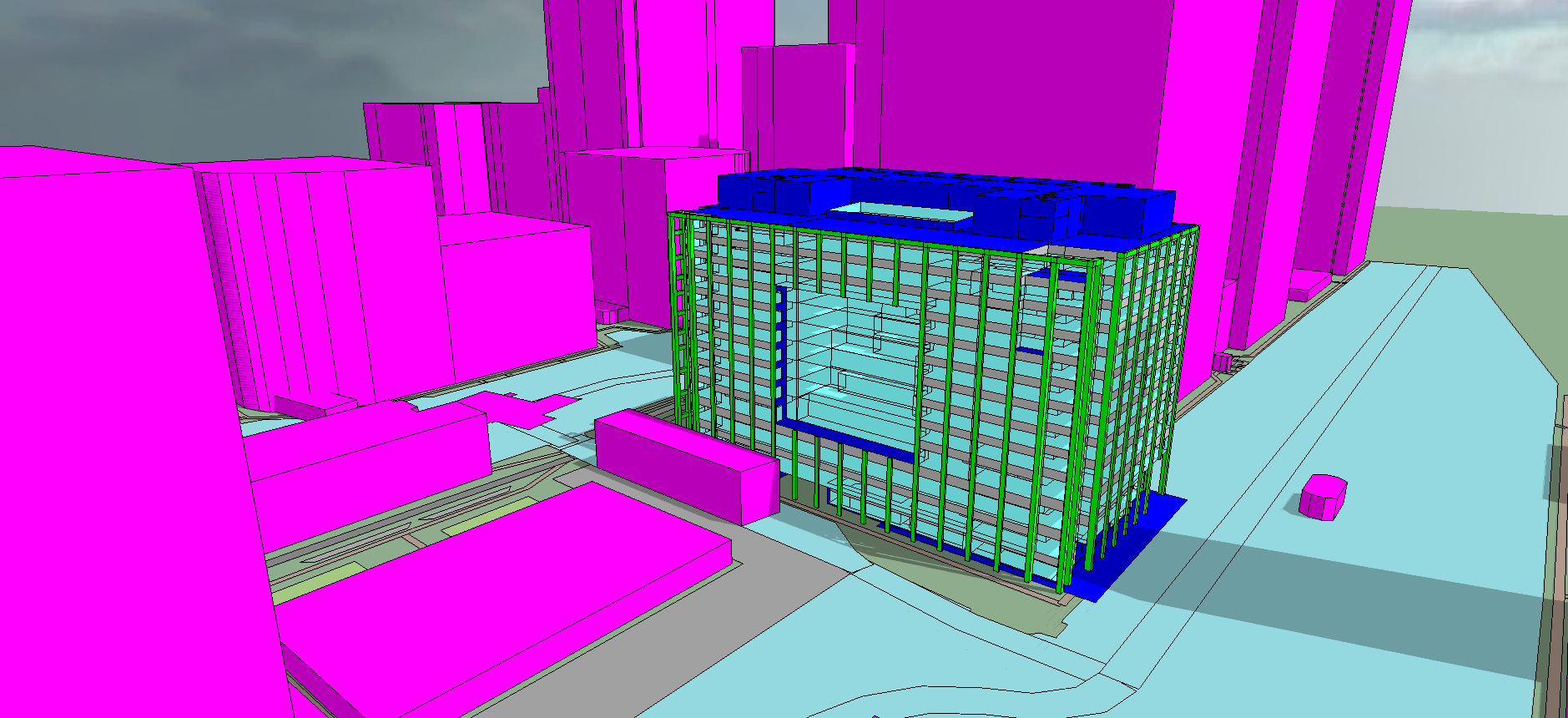The Power of a Digital Twin: Unlocking Strategic EPC Improvements
In the evolving world of energy compliance and building performance, traditional methods of producing non-domestic Energy Performance Certificates (EPCs) are no longer sufficient—particularly for buildings with complex systems or ambitious refurbishment goals. At CCA Environmental, we harness the power of Level 5 IES-VE Dynamic Simulation Modelling (DSM) to go far beyond compliance, supporting intelligent investment decisions and long-term carbon reduction strategies.
What is a Digital Twin?

At the heart of the IES-VE software lies the ability to create a digital twin—a highly detailed, dynamic model that replicates the actual operation of your building. Unlike simplified or assumption-heavy models, a digital twin captures:
-
-
The true geometry and construction of the building
-
Actual HVAC system configurations and control strategies
-
Occupancy patterns and internal heat gains
-
Lighting, ventilation, and other energy-influencing factors
-
This isn’t just a model for compliance—it’s a powerful decision-making tool.
Enabling Smarter Scenario Planning
One of the biggest advantages of using a digital twin is the ability to run multiple “what-if” scenarios before any capital is spent. Our dynamic models enable clients to explore the potential impact of:
-
-
Plant replacement strategies
e.g. replacing ageing chillers or boilers with more efficient alternatives -
Fabric upgrades
e.g. installing new glazing, improving insulation, or enhancing airtightness -
Lighting and controls
e.g. retrofitting LED systems or adding daylight and occupancy-based controls -
Combination measures
e.g. layering HVAC upgrades with fabric and lighting enhancements
-
Each scenario can be tested in isolation or as part of a wider package to determine which interventions meaningfully improve the EPC rating—and which do not.
Avoiding Ineffective CAPEX Spend
Many building owners and asset managers now integrate EPC improvement plans within broader Capital Expenditure (CAPEX) budgets. However, without a strategic DSM model, it’s all too easy to invest in areas that offer limited energy performance benefit.
For instance, spending on aesthetic refurbishments or isolated equipment replacements may consume significant budget but do little to meet Minimum Energy Efficiency Standards (MEES) or achieve the desired asset rating.
At CCA Environmental, we use IES-VE DSM to model the building as a complete system. This allows us to identify early which measures will make a tangible difference to EPC outcomes. The result? Informed investment, reduced risk, and higher confidence in compliance.
Expertise That Makes a Difference
This blog was prepared by Neil Bajaj, a Level 5 Energy Assessor with over 20 years of experience across commercial, public, and mixed-use developments. Neil has worked on a variety of high-profile projects and brings deep technical understanding of both HVAC system design and energy modelling strategy.
At CCA Environmental, we believe that the quality of the assessor and the modelling methodology is just as important as the software being used. Our team ensures every model is accurate, context-specific, and aligned with your engineering constraints and commercial goals.
Get in Touch
Whether you’re:
-
-
Planning a plant room upgrade
-
Undertaking a refurbishment project
-
Or simply need a trusted EPC for MEES compliance
-
CCA Environmental is here to help. We provide accurate, trusted modelling and clear, actionable advice tailored to your building.
👉 Contact us today at hello@cca-ltd.uk.com to discuss your project or request a quote.

